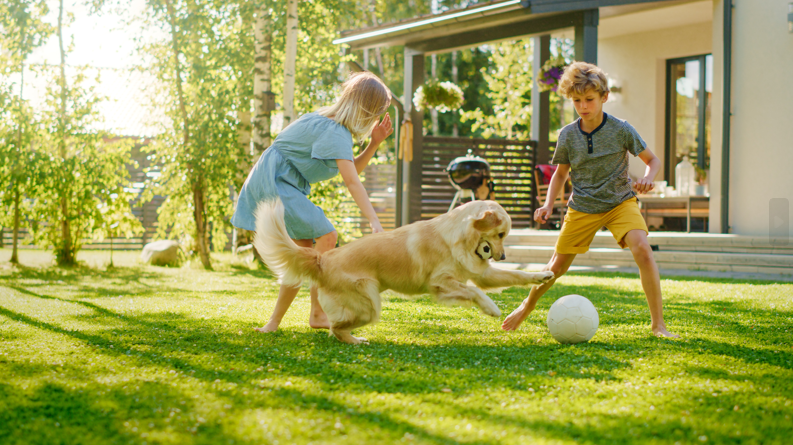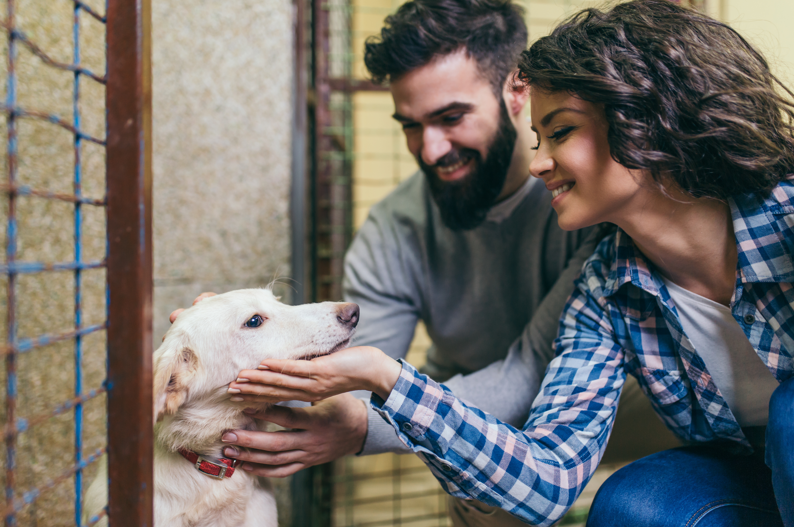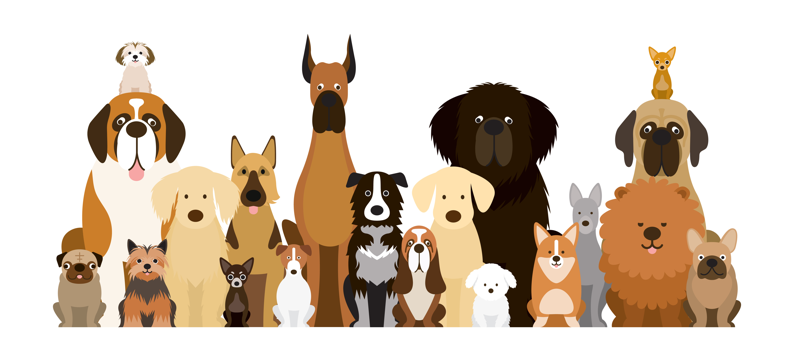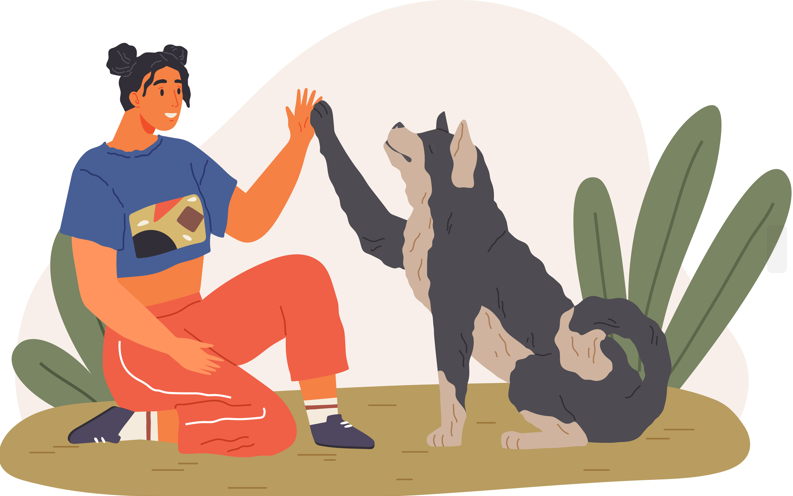Part A Introduction & Ice break

Part A_1 Introduction & Ice break
Let’s introduce ourselves to each other.
My name is ________. What is your name?
Part A_2 Introduction & Ice break
I am ________. Nice to meet you.


Part A_3 Introduction & Ice break
Nice to meet you too, ________. How are you today?
Part A_4 Introduction & Ice break
| Answer: |


Part A_5 Introduction & Ice break
I see. Let’s begin our lesson!
Part B Picture Description
Describe the pictures.

Part B_1 Picture Description
Please look at the picture. Then, give 5 things that you see in the picture.
(If your student is having a hard time to answer, please point at each item in the picture and ask your student what each item is.)

Part B_2 Picture Description
| 1. | |
| 2. | |
| 3. | |
| 4. | |
| 5. |


Part B_3 Picture Description
Next, give 3 things that you see in the picture. Then, answer the question about it.
(If your student is having a hard time to answer, please point at each item in the picture and ask your student what each item is.)

Part B_4 Picture Description
| 1. | |
| 2. | |
| 3. |


Part B_5 Picture Description
| What will the couple do with the dog in the dog shelter? |
a dog shelter 犬の保護施設
Part B_6 Picture Description
| Answer: |


Part B_7 Picture Description
Now, let’s review your answers.
(Please review your student’s answers by sending the correct answers.)
Part B_8 Picture Description

Part C Vocabulary
Learn the vocabulary words related to the topic.

Part C_1 Vocabulary
We’ll read aloud the words and sample sentences below. Please repeat after me. I will check your pronunciation.
Part C_2 Vocabulary
|
|
effect 影響 |
 |
ban 禁止する |
|
particular 特定の |
 |
genetics 遺伝的性質 |
 |
aggression 攻撃性 |


Part C_3 Vocabulary
Please choose a word to complete each sentence. Then, read aloud the sentences.
Part C_4 Vocabulary
effect
ban
particular
genetics
aggression
| 1. | The government will ___________ the use of plastic straws. |
| 2. | Our dog is kind. He doesn’t show ___________ toward other dogs. |
| 3. | Plastic waste has a bad ___________ on marine life. |
| 4. | ___________ have a large influence on facial and physical appearance. |
| 5. | He is looking for a ___________ breed of dog. |


Part C_5 Vocabulary
Great! Now, let’s review your answers.
(Please review your student’s answers by sending the correct answers in complete sentences. After that, ask your student to read aloud his or her corrected answers.)
Part C_6 Vocabulary

Part D Passage Reading
Read the passage and check your pronunciation. Make sure you understand the content.

Part D_1 Passage Reading
Please read the passage aloud.
Part D_2 Passage Reading
Man’s best friend

Dogs and people have been living together for a very long time. Dogs have been used for many purposes aside from being companions, such as hunting and guarding. Humans have bred dogs to improve their natural skills.
Selective breeding of dogs has both positive and negative effects on humans over time. For example, people have used selective breeding to create larger, stronger, and wilder breeds as guard or fighting dogs. Many people think that this breed of dog is dangerous to humans.
People who support banning particular breeds strongly believe that the animal’s genetics make it naturally aggressive and potentially dangerous. Others, on the other hand, say that humans teach dogs aggression. Regardless, dogs will remain “man’s best friend” despite the different arguments.
*aside from ~ ~以外の
*companion 仲間、友
*aggressive 攻撃的な
*potentially 潜在的に
*regardless それでも
*remain …であり続ける
*despite ~にもかかわらず
*argument 議論
*companion 仲間、友
*aggressive 攻撃的な
*potentially 潜在的に
*regardless それでも
*remain …であり続ける
*despite ~にもかかわらず
*argument 議論


Part D_3 Passage Reading
Great! Now, let’s review some words and sentences in part D_2.)
(Please send the corrected pronunciation to your student.)
Part D_4 Passage Reading

Part E Comprehension Questions
Answer the following questions based on the passage.

Part E_1 Comprehension Questions
Now, please answer the questions based on the passage.

Part E_2 Comprehension Questions
| 1. | Aside from being companions, how have dogs been used? |
Part E_3 Comprehension Questions
| Answer: |


Part E_4 Comprehension Questions
| 2. | Why do some people support banning particular breeds? |
Part E_5 Comprehension Questions
| Answer: |


Part E_6 Comprehension Questions
| 3. | There are some arguments, but what is mentioned about the relationship between dogs and humans? |
Part E_7 Comprehension Questions
| Answer: |


Part E_8 Comprehension Questions
Now, let’s review your answers.
(Please review your student’s answers by sending the correct answers.)
Part E_9 Comprehension Questions

Part F Answer questions
Answer the following questions by filling out the blanks.

Part F_1 Answer questions
Now, please answer the following questions about yourself.

Part F_2 Answer questions
| 1. | Do you think that dogs are aggressive by nature or that humans teach them aggression? |
Part F_3 Answer questions
| Answer: |


Part F_4 Answer questions
| 2. | Do you agree that dogs are “man’s best friend”? Why do you think so? |
Part F_5 Answer questions
| Answer: |


Part F_6 Answer questions
| 3. | Do you agree with selective breeding? Tell me your opinion. |
Part F_7 Answer questions
| Answer: |


Part F_8 Answer questions
Now, let’s review your answers.
(Please review your student’s answers by sending the correct answers in complete sentences. After that, ask your student to read aloud his or her corrected answers.)
Part F_9 Answer questions

Part G Presentation
Make a presentation about the theme.

Part G_1 Presentation
Now, you will give a presentation. You can use the answer you just provided. You have 3 minutes to prepare.
Part G_2 Presentation
(Prepare for 3 minutes.)


Part G_3 Presentation
Then, start your presentation.
Part G_4 Presentation
(Please start your presentation.)
Explain the idea of selective breeding, taking one example.


Part G_5 Presentation
That was awesome! You did a very good job in the presentation.
Part H Questions
Answer questions about the presentation.

Part H_1 Questions
Thank you for your presentation. You did a very good job.
Now, I will ask you some questions about your presentation.
Now, I will ask you some questions about your presentation.
(Please ask the three questions below about the student’s presentation.)
| 1. | What are the new things you learned through thinking about the theme? Why do you think so? |
| 2. | Did you come up with any questions or find any problems with the theme? What are they? Why do you think they are problems? |
| 3. | What do you think we can do related to the theme? How we can do it? |
Part H_2 Questions
| Answer: |


Part H_3 Questions
Good job! Thank you for sharing your opinion!
Part I Role play
Talk about the following situation.

Part I_1 Role play
Let’s do a role play with the given situation. You should mention the items below during the conversation.
Part I_2 Role play
| Situation: |
You are talking with your classmate about pets. Ask and tell him/her about having pets.
(Your tutor will pretend to be your classmate.)
|
| Items to mention: |
– tell about the animal you want to have as a pet/ask – tell why you want to have that animal as a pet/ask – tell the advantages and disadvantages of having a pet/ask |

Part J Feedback

Part J_1 Feedback
You did a wonderful job. Now, I will give you some feedback.

Part J_2 Feedback
(Please give feedback on how the student performed in the lesson.)
| Vocabulary | Intonation | Fluency | |
|---|---|---|---|
 GOOD GOOD |
Used appropriate expressions learned in class. | Was able to pronounce most of the words clearly and correctly. | Was able to speak fluently. |
 FAIR |
Used appropriate expressions learned in class and made a few errors in word choice. | Mispronounced a few words. | The conversation sometimes stops. |
 POOR |
Used only a few words and expressions. | Mispronounced most of the words. | The student frequently stops the conversation, making it difficult to comprehend the content. |
Part K Free talk

Part K_1 Free talk
Let’s do a free talk.
(Have a conversation until the lesson ends. DO NOT end the class early.)

Part K_2 Free talk
| 1. | Do you want to travel abroad? |
| 2. | What do you think learning English means for you? |
| 3. | What do you think Japanese originality is? |
Part K_3 Free talk
| Answer: |

